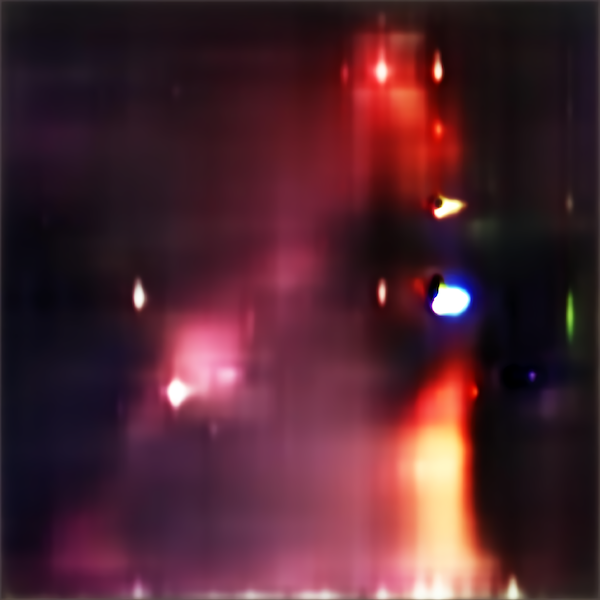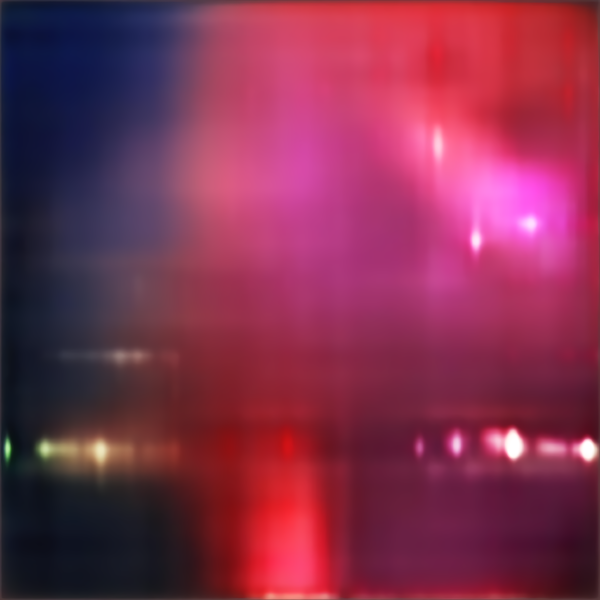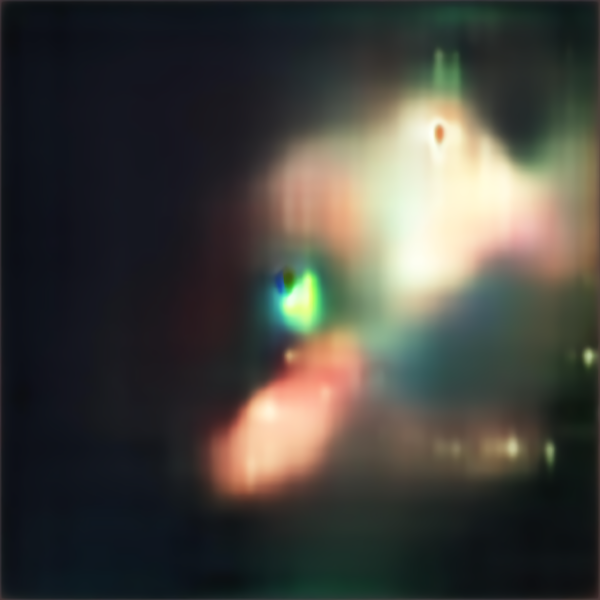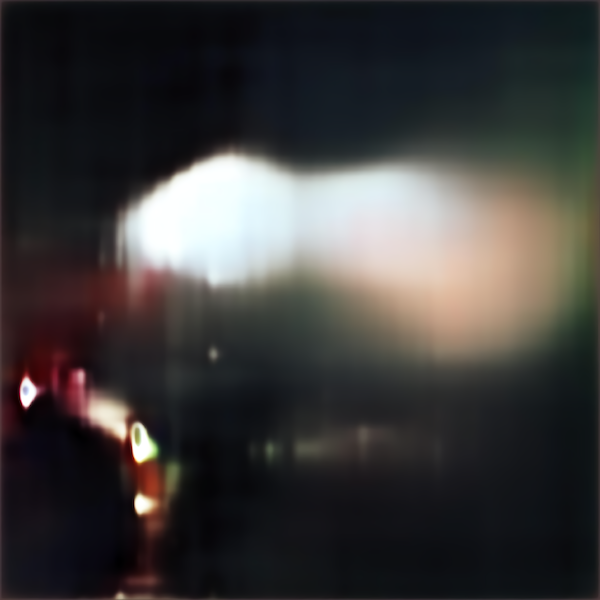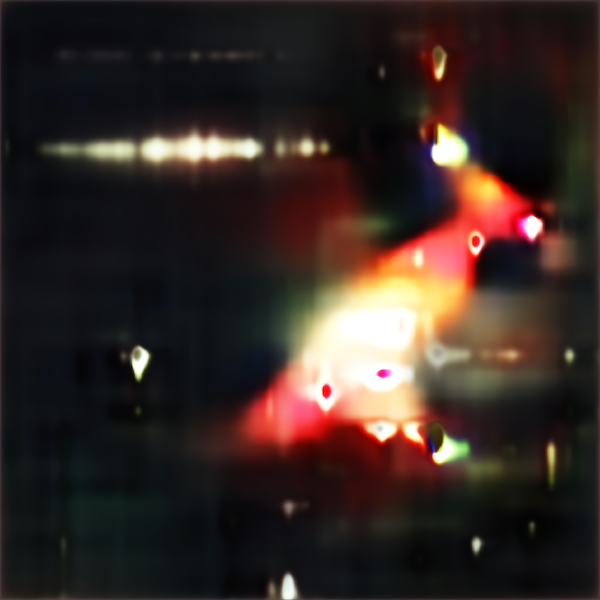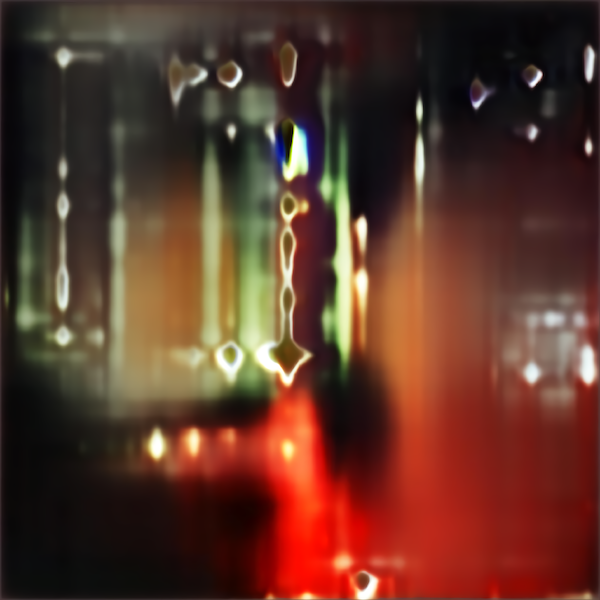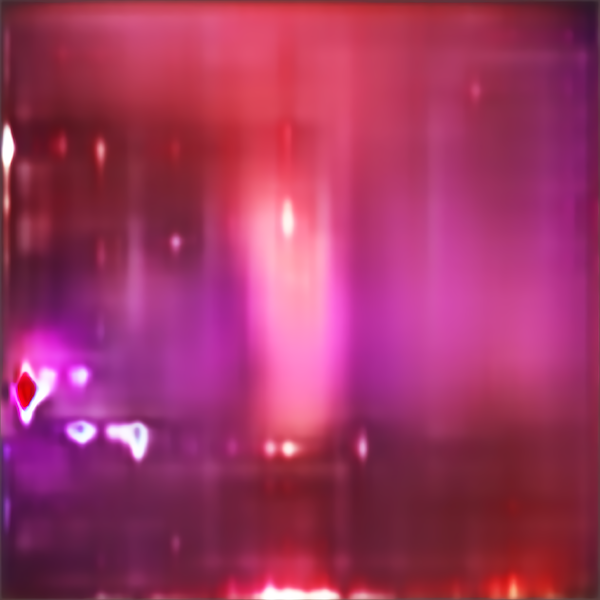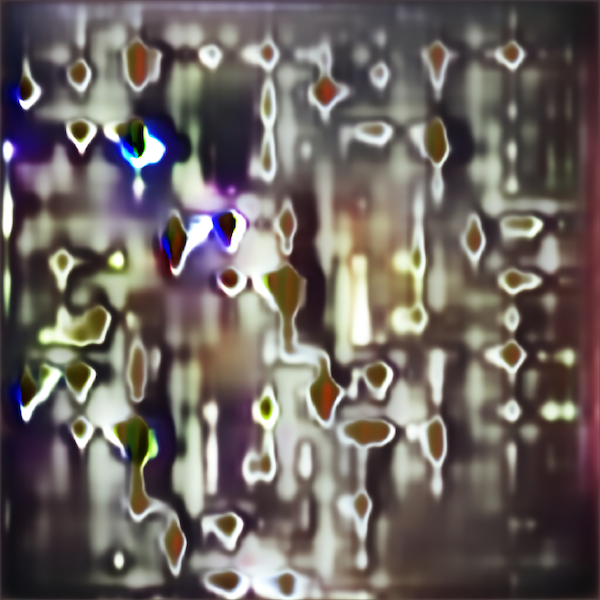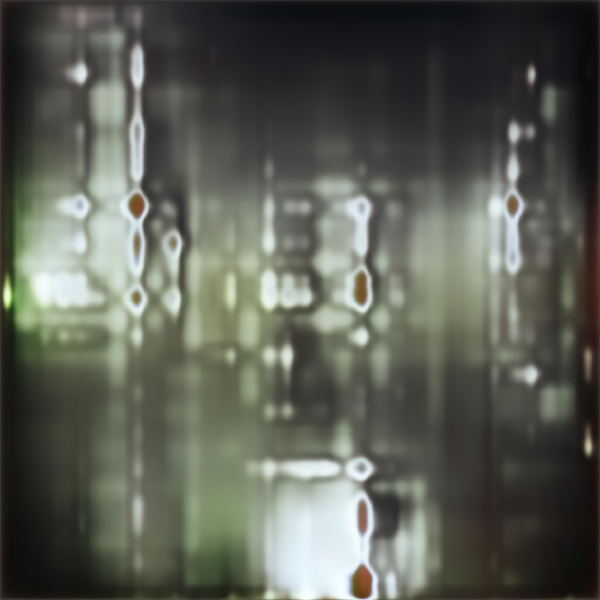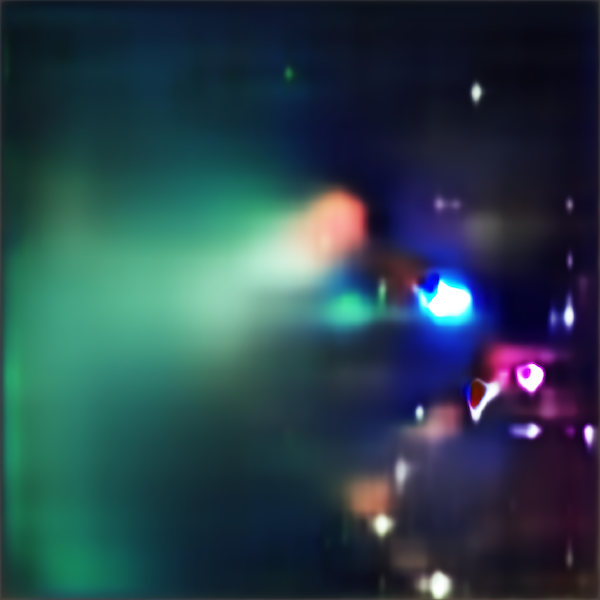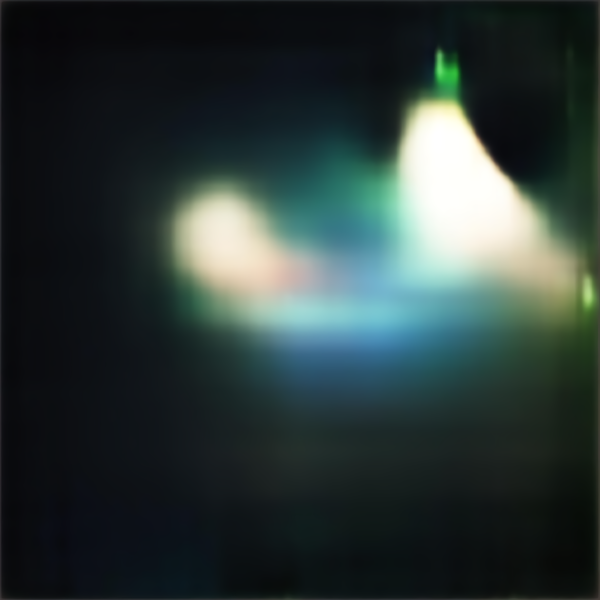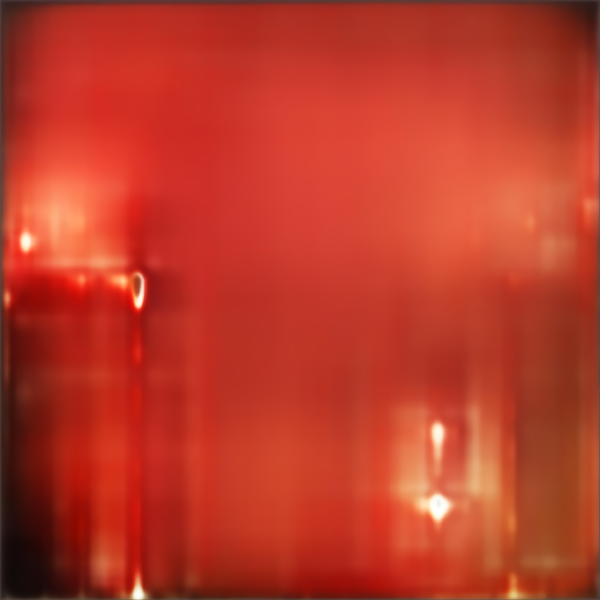3050 K is an AI/Neural Net project which utilizes imagery of stage lighting (floods, spots, footlights, gels) sourced from 70 concerts and performances of rock music from the 1970’s.*
These images are in turn used as primary material for a Neural Net and provide the training model for the resultant imagery. The images which are generated from this process are visualizations of emergent forms and tableau which are the offspring of the original material. These images are then re-processed and provide the individual frames for a video representation of the GAN’s ("Generative Adversarial Network" - a form of Machine Learning) procedural and generative algorithmic creation.
The hypnotic and somnambulant visuals are accompanied by a score I created, composed of a number of heavily processed aural artifacts from the era.
The title ’3050 K’ is in reference to the average number of Kelvins used in stage and theatrical lighting.
*I chose the era of the 1970’s for a number of reasons. Firstly, as opposed to the revolutionary and adventurous music of the 60’s era which proceeded it and the futuristic pop and post-punk, endlessly revived and re-mythologized 80’s which followed it, it is the oft-maligned decade of both easy-listening and bombastic rock, disco and AM/FM radio-scapes of the mass-pop genre (punk, etc. notwithstanding). It is also the era where children whom were born in the late 60’s (including myself) passed their childhood and experienced the music principally on vinyl, but also in school auditoriums/dances, concerts/arenas and bedrooms. The defining visual experience of this early encounter with music was the ubiquitous, to the point of overwhelming, light show. It is impossible to think of the 1970’s music world as seen on stages and film and TV’s without the ever present gauzy, soft-focus multi-coloured light shows which were a staple of the visual texture of the age. From the recorded concerts shown on the BBC, NBC and other stations and shows like The Old Grey Whistle Test, Top of The Pops, Soul Train and The Midnight Special to pre-MTV concert films, the lights were often on camera as much as the performer. Augmenting this was the almost universal accoutrement of miniature, plugin, light-show apparati meant for bedrooms and basements, hearkening as they did to the lava lamps before them and the even more distant heat/candle/lamp driven rotating optical devices of the 19th and early 20th century.
It is from this starting point, one of both nostalgia and reverence for a disappeared visual/aural world, textured as it is by both time and the technological limits of its archiving, that this media-archeological project was conceived.
Sit back and fall into the dreaming of the machine…
[The images below are a sampling of the systems output. These images (50 different iterations) are printed at a scale from 34" (86cm) x 34" to 56" (142cm) x 56" and can be exhibited in their own right.]
